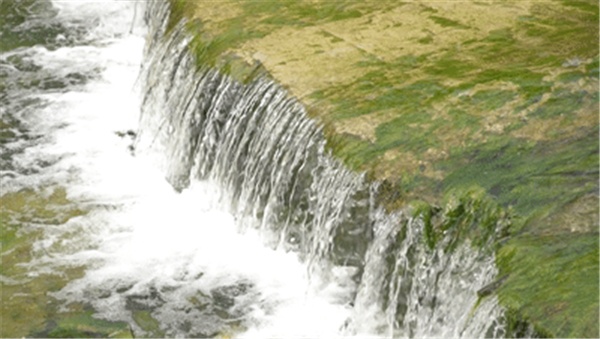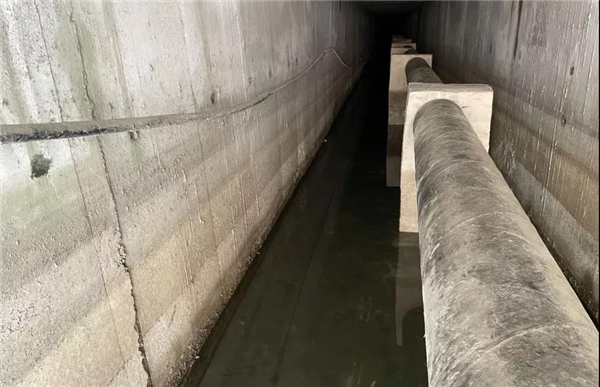Comprehensive treatment of Madi River yields top results

Clear water now flows through the Nanming section of the Madi River in Guiyang city. [Photo/nanming.gov.cn]
The Nanming section of the Madi River in Guiyang -- capital city of China's Southwest Guizhou province -- has reportedly witnessed significant improvements in its water quality in recent years due to the government's comprehensive conservation and restoration efforts.
The Madi River is one of the tributaries of the Nanming River, with a total length of about 8.9 kilometers and the length of the river in the Nanming district is about 4.6 km.
Previously, due to direct sewage discharges, domestic garbage and waste dumping and single supply water sources, the water quality of the Madi River and its surrounding environment deteriorated, affecting the health and living conditions of the villagers along the river.

New pipelines are installed along the Nanming section of the Madi River to prevent water pollution. [Photo/nanming.gov.cn]
In order to further eliminate the water pollution of the Nanming section and the environmental problems of the areas that the river flowed through, the district acted. Nanming invested about 104 million yuan ($15.60 million) in September 2020 to adjust the structure of the pipe network and it optimized the layout of the sewage collection and discharge system.
The treatment included pipeline network upgrading, river dredging, ecological restoration, ditch renovation, sewage treatment and garbage collection.
Currently, 95 percent of the comprehensive water environment treatment project in the Nanming section has reportedly been completed.
A total of 46,000 meters of new sewage pipes have been laid, 25,000 cubic meters of silt have been cleaned, and 50 decentralized treatment facilities have been built.
"After comprehensive treatment, the Madi River has been upgraded from a water body with a water quality of Category IV and Category V to Category II and Category III," according to Sun Guang, director of the Nanming branch of the Guiyang bureau of ecology and environment.
Presented by China Daily.
黔ICP备05001922号-3
